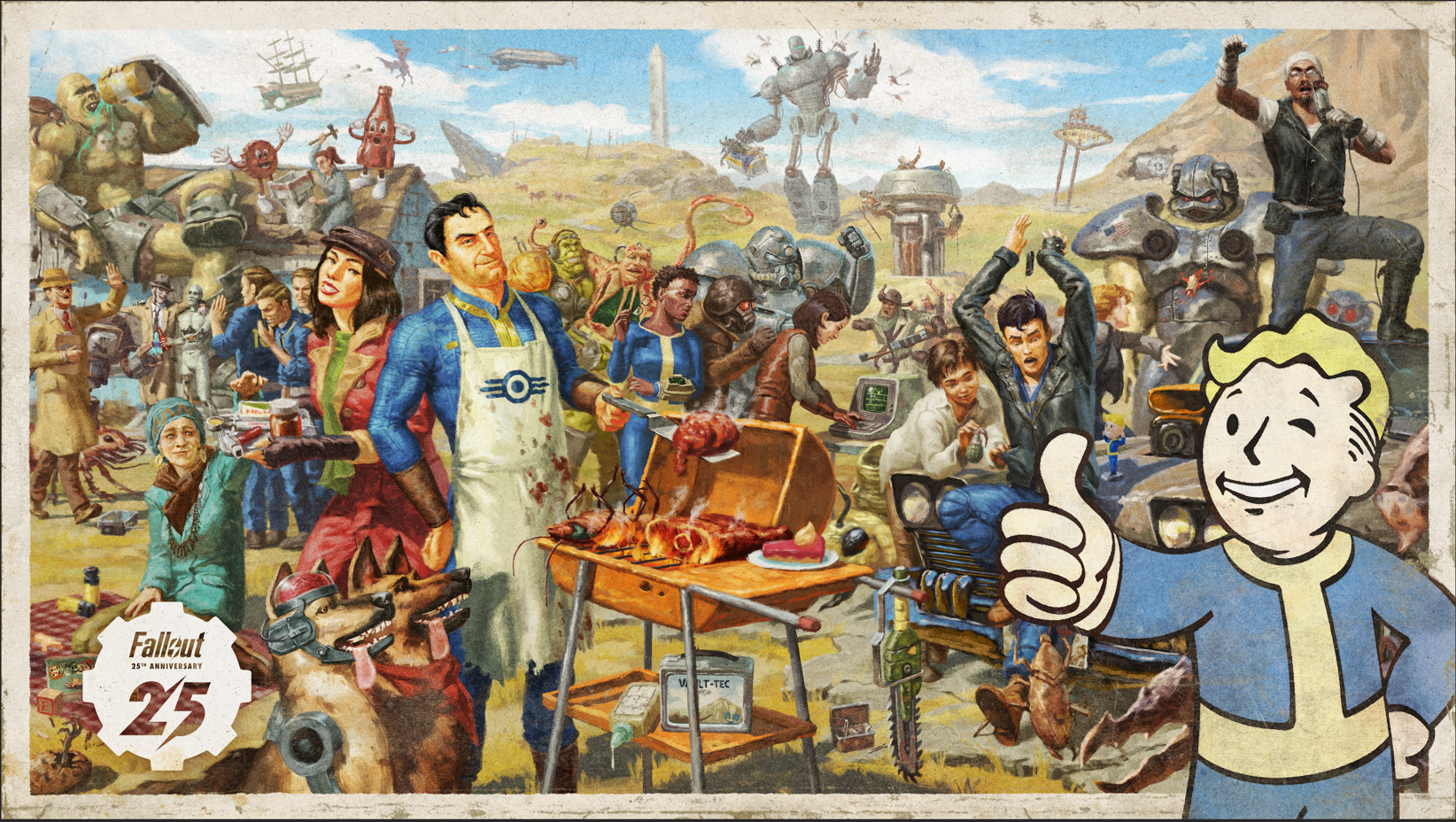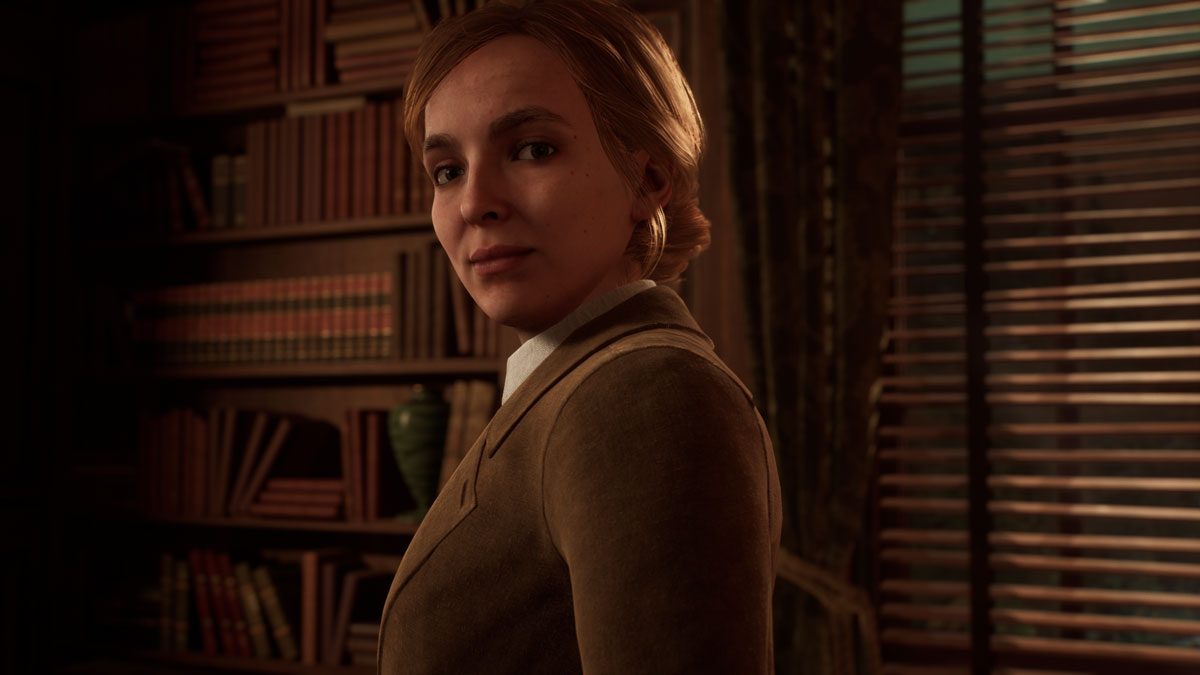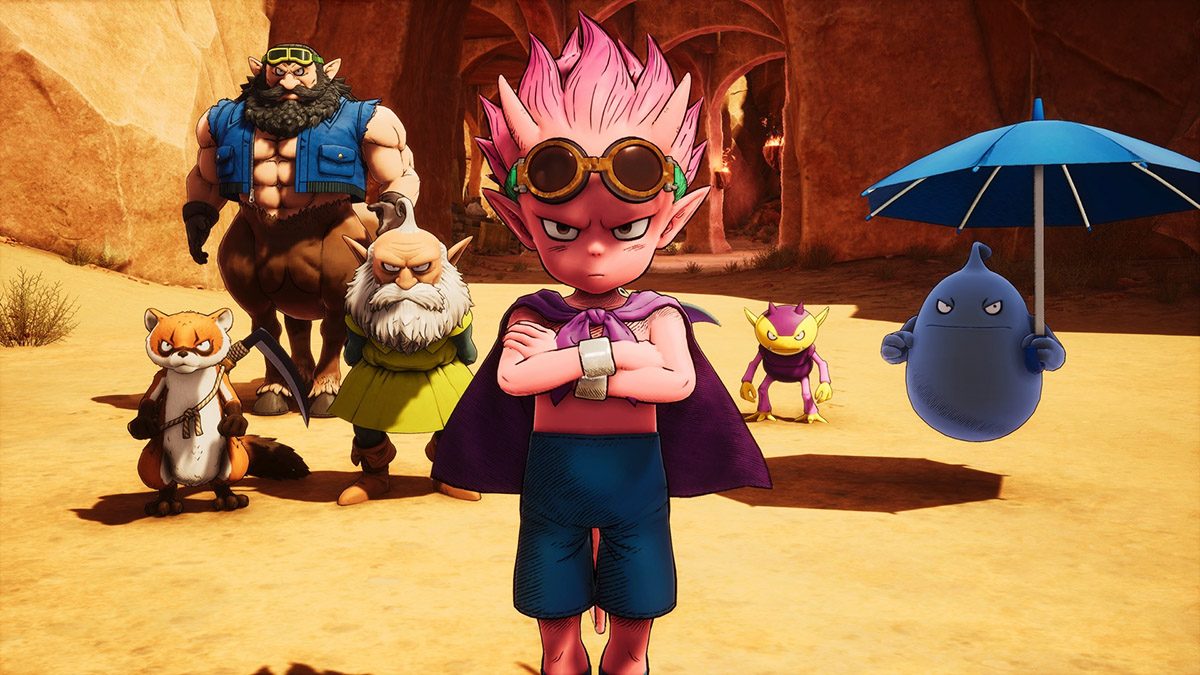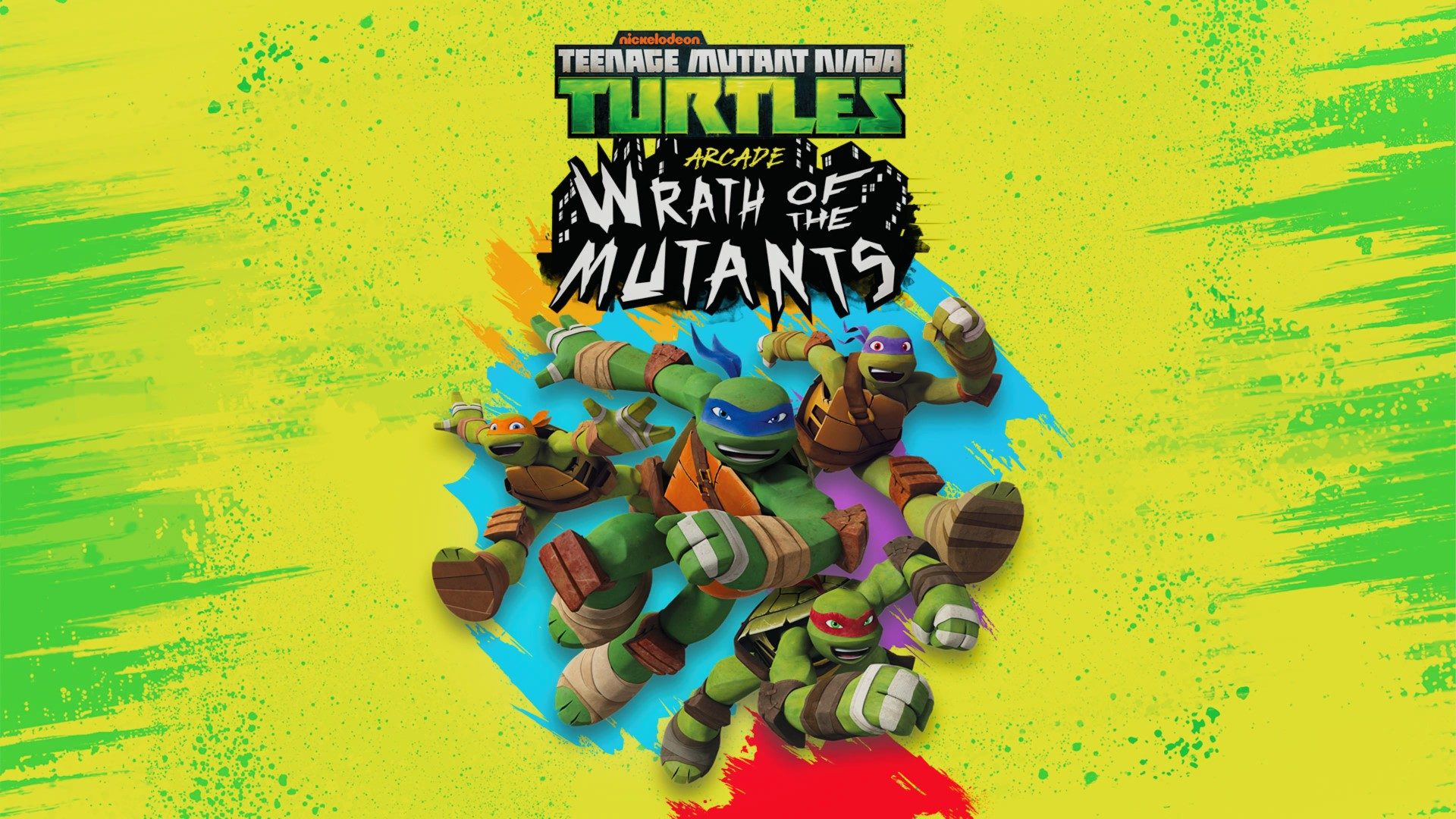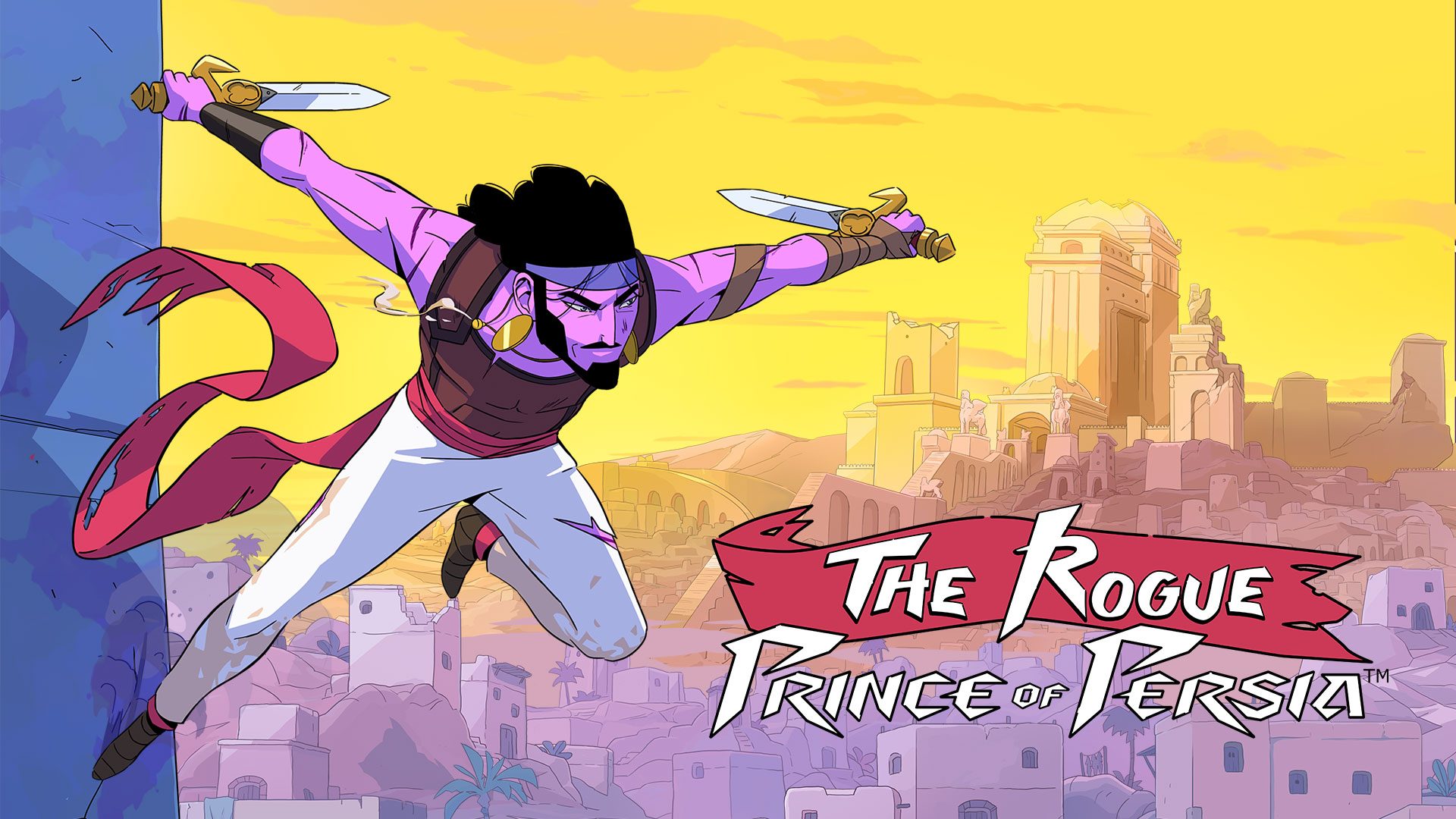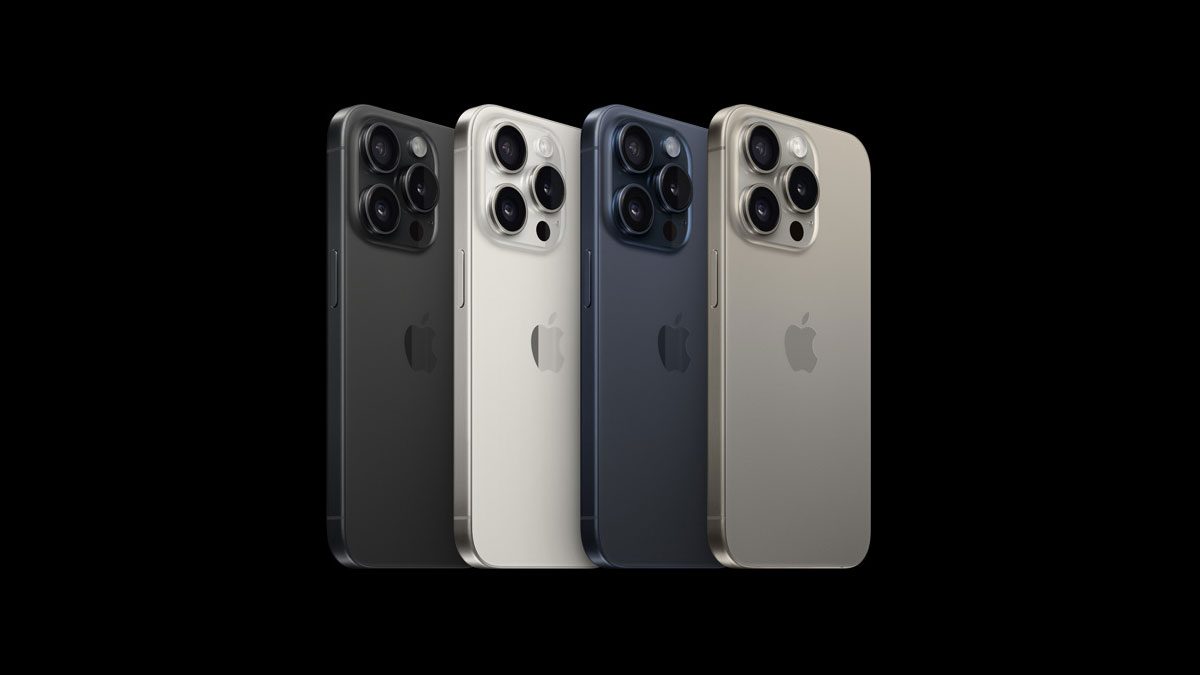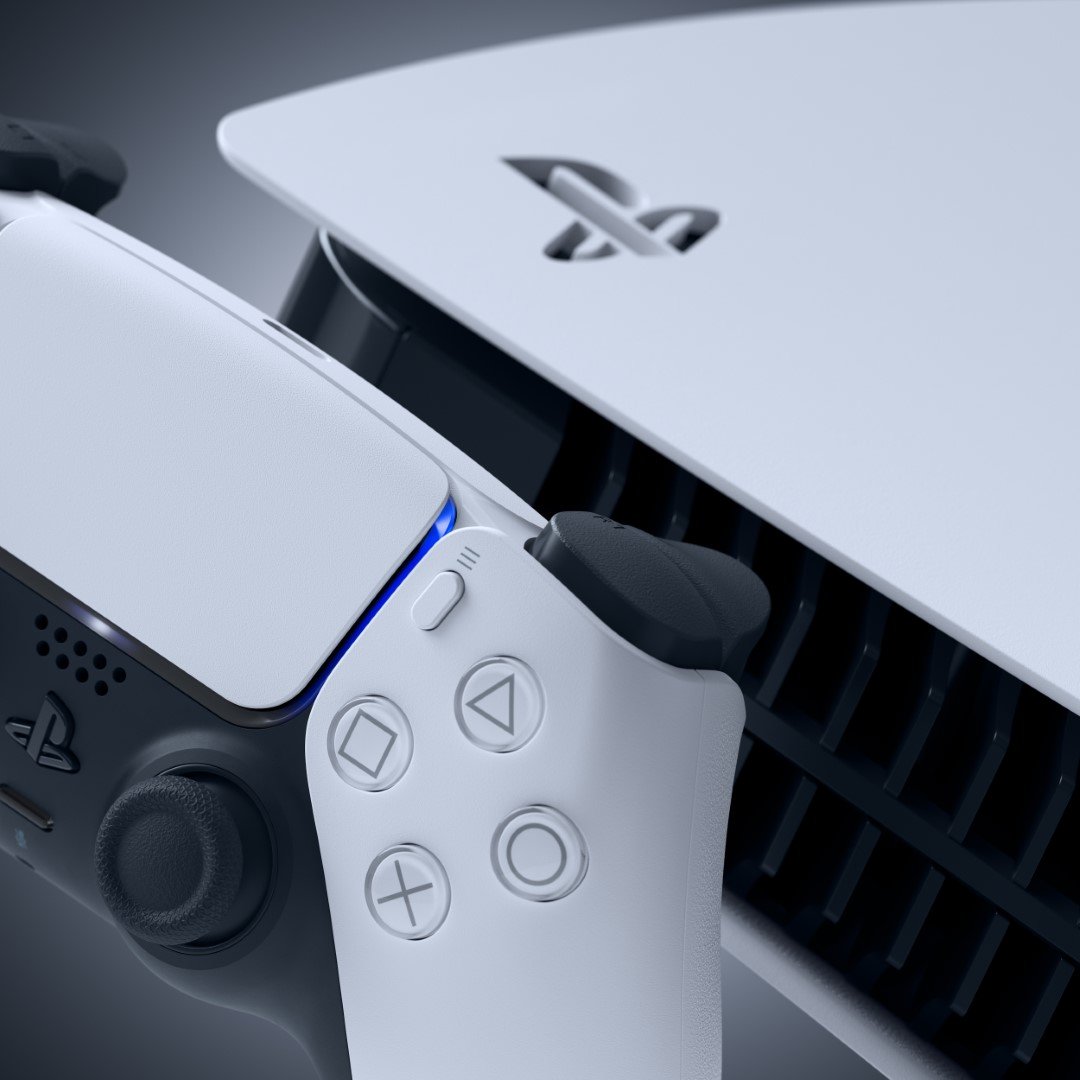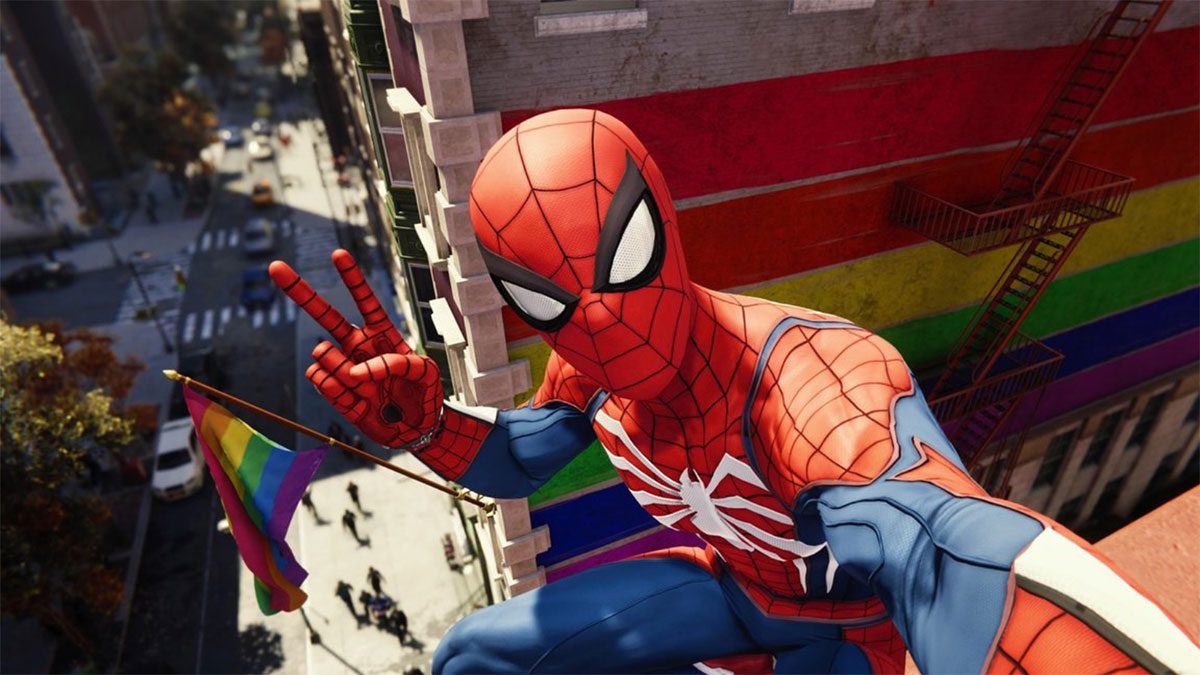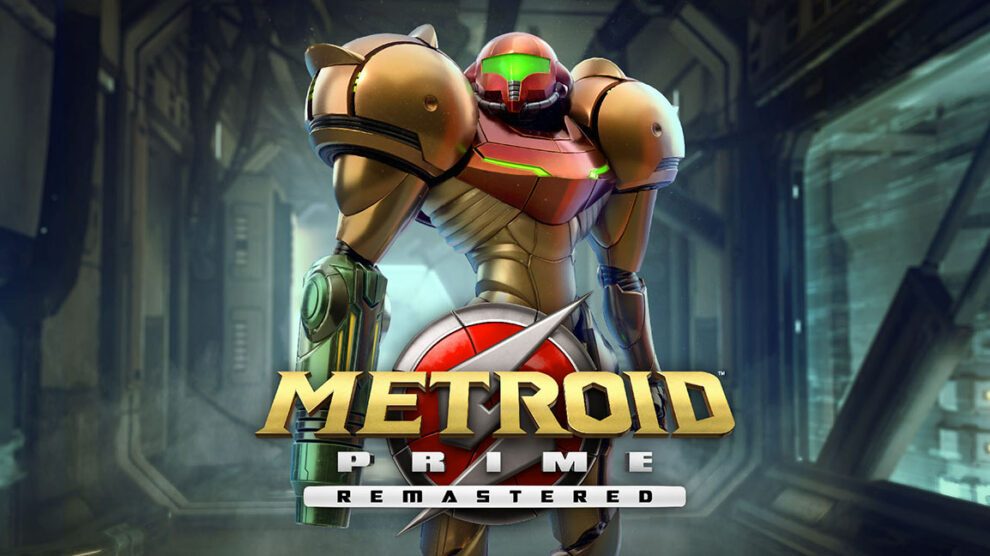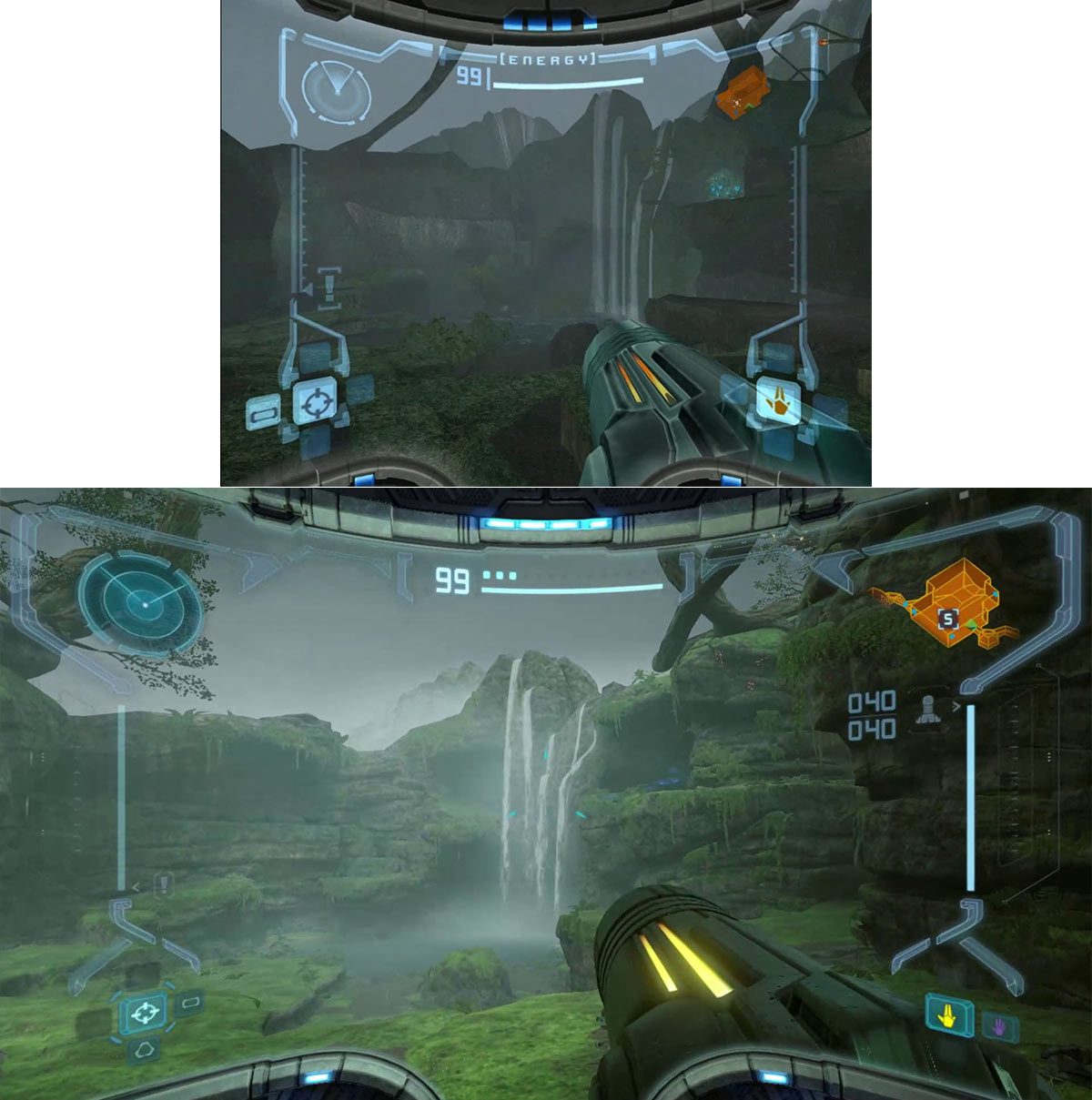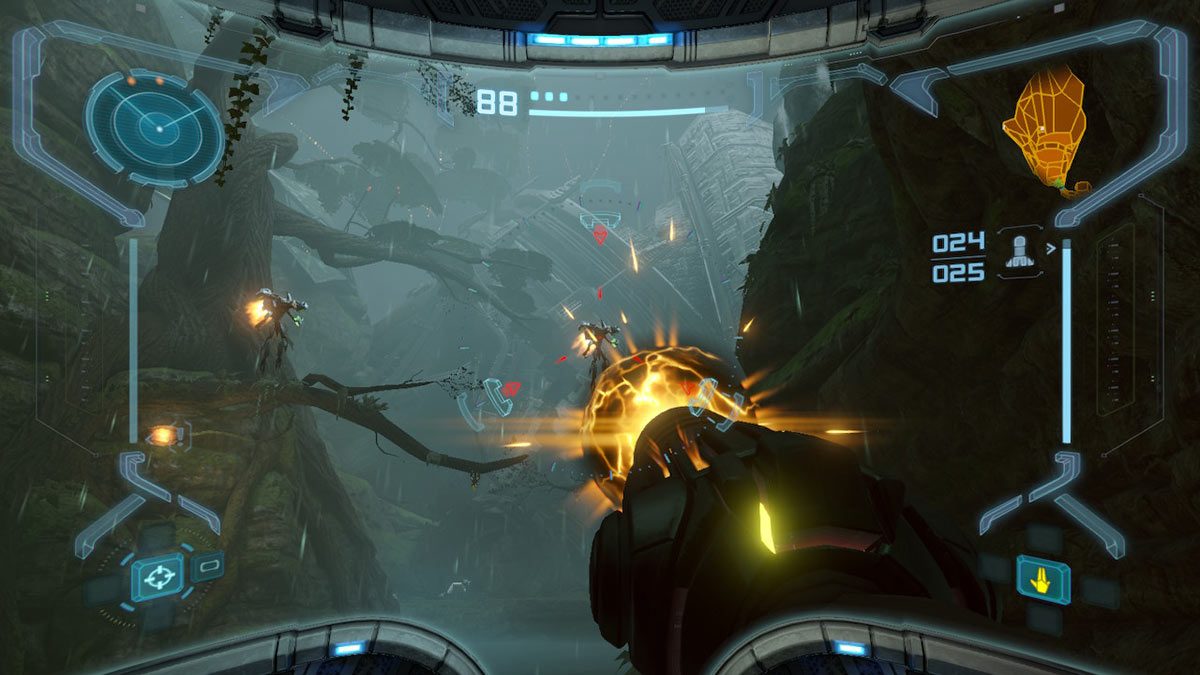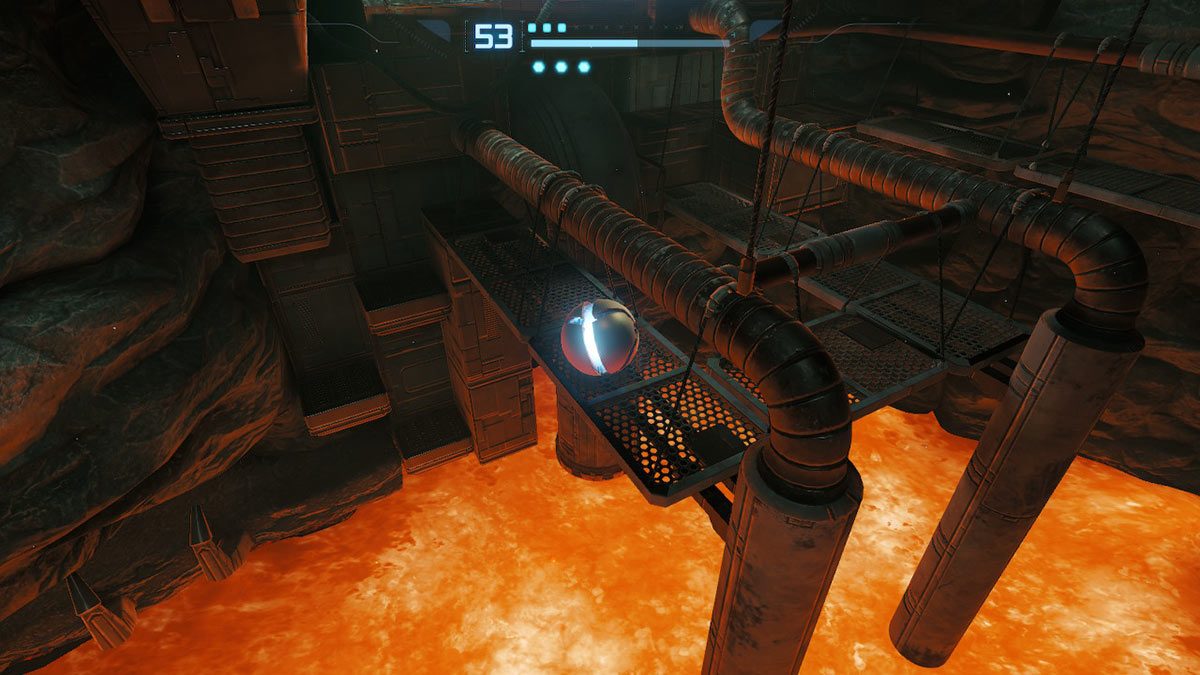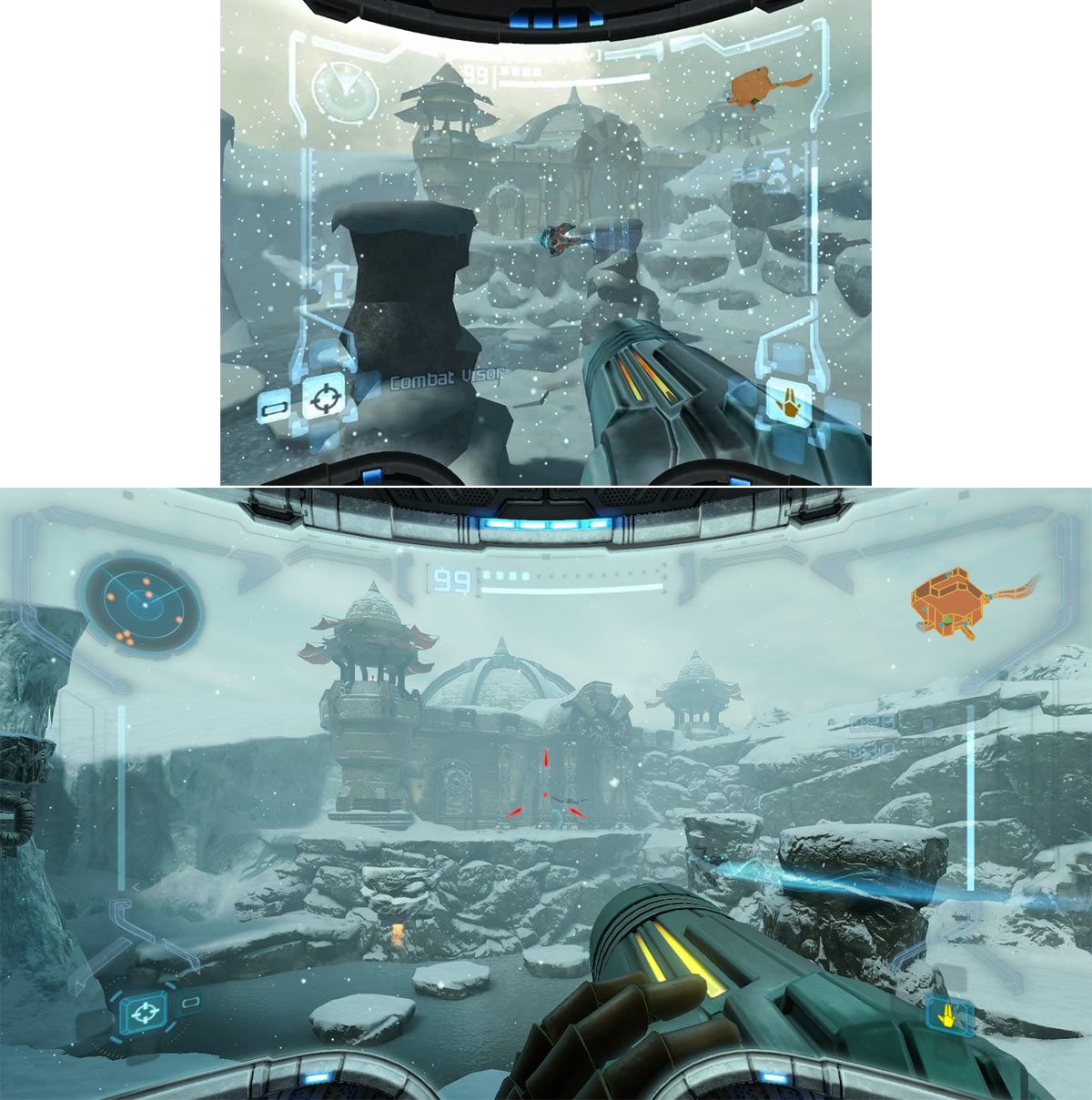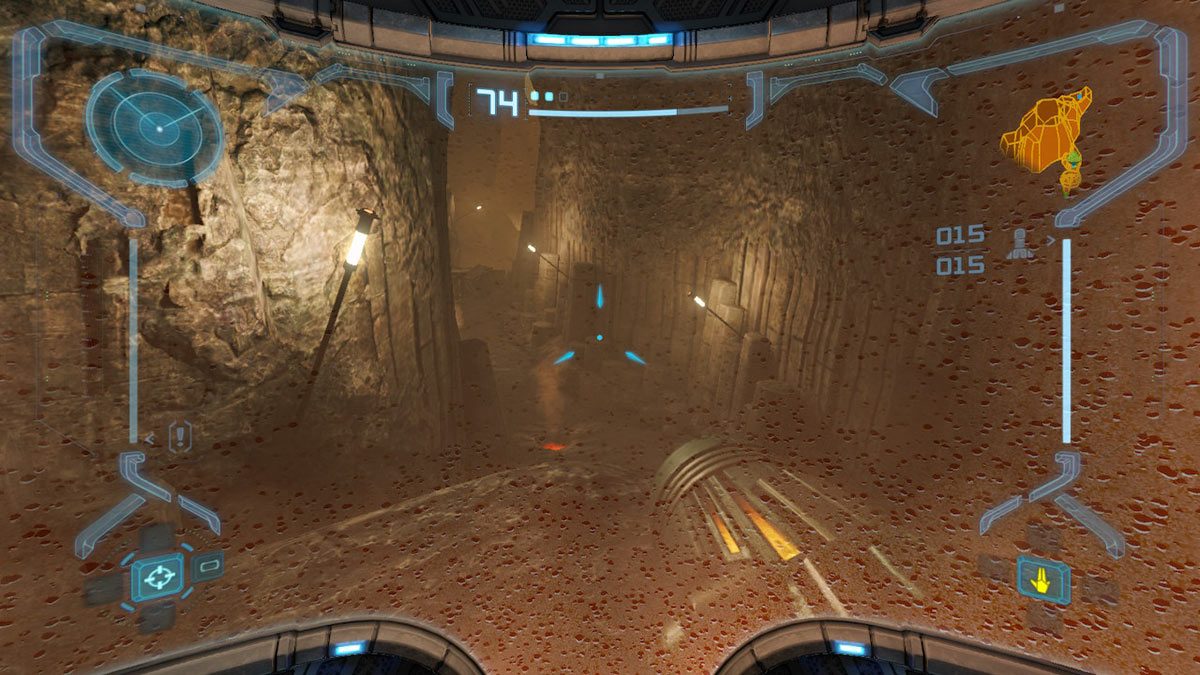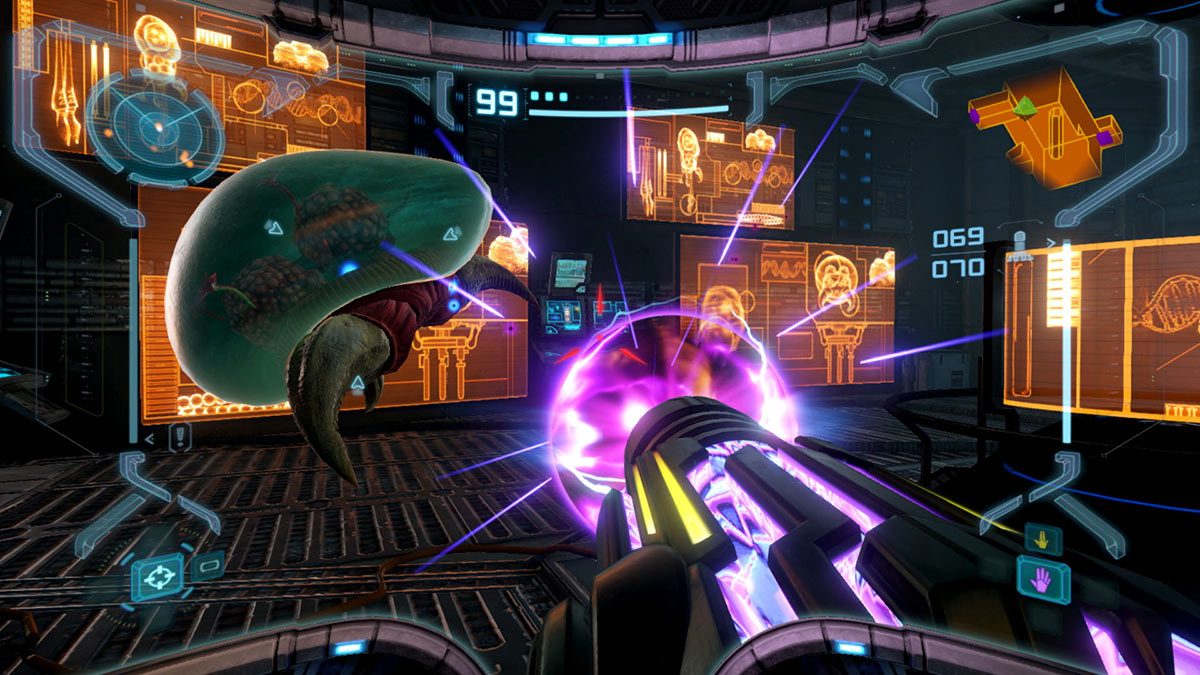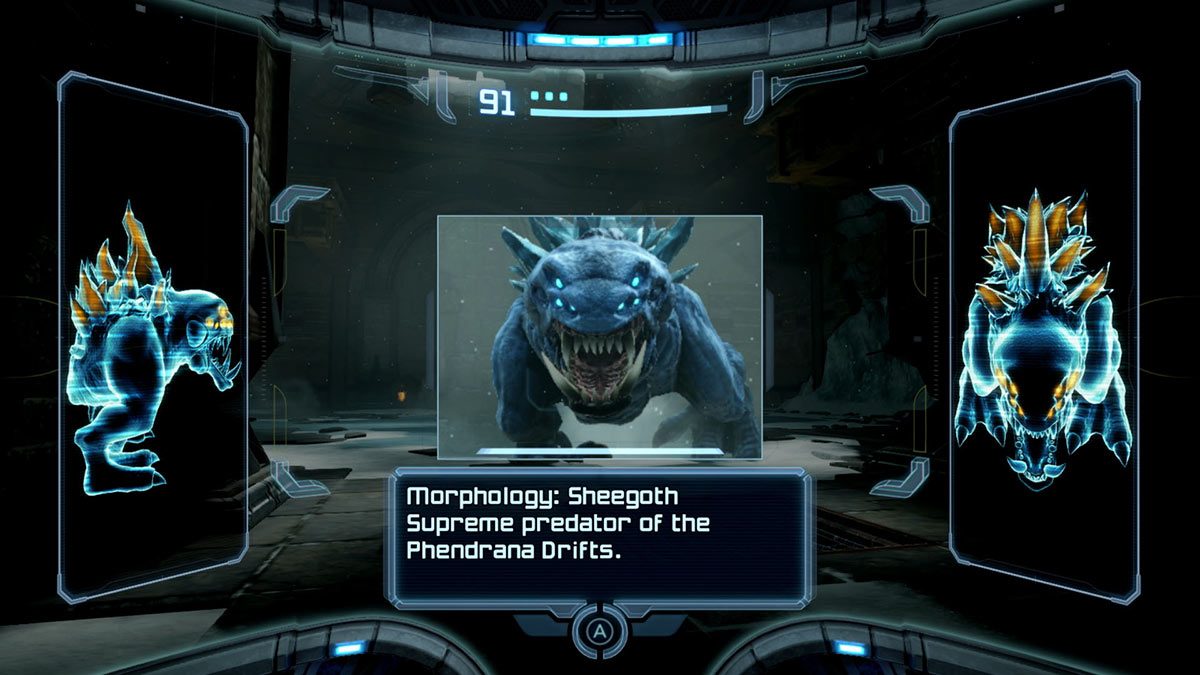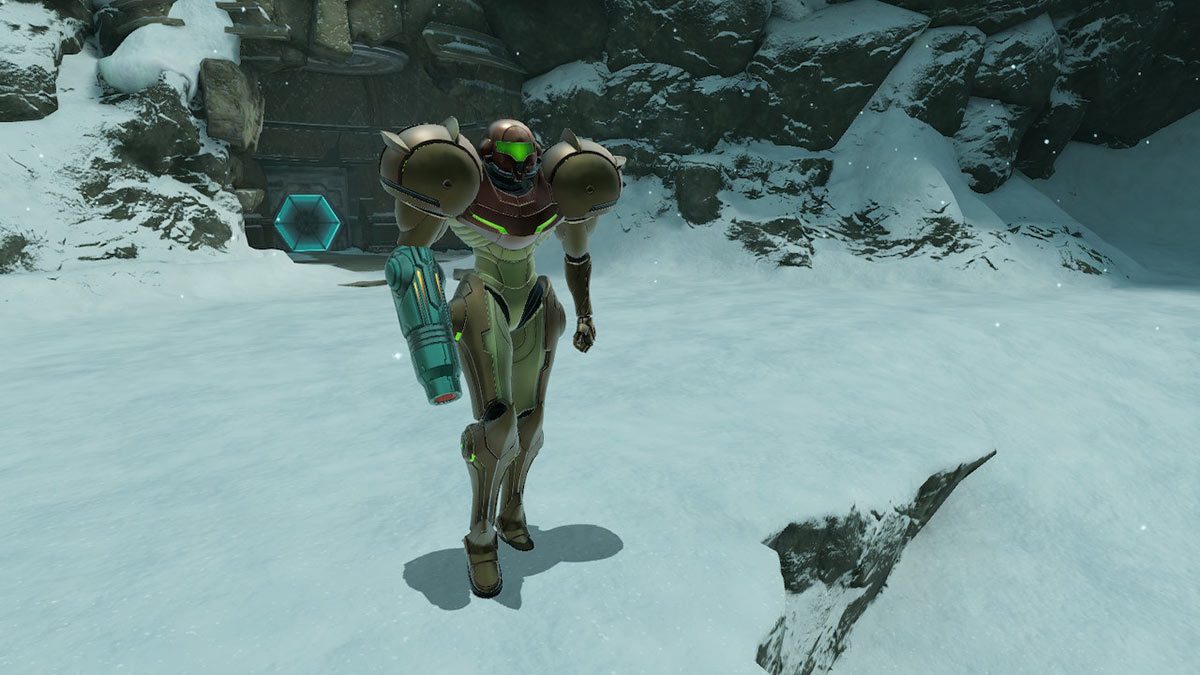Samus Aran returns in her Prime, remastered to perfection on Switch.
Metroid Prime was a groundbreaking transition from 2D stalwart to 3D classic when it launched on the GameCube in 2003 (or 2002 in the US). It was well ahead of its time. So much so, its gameplay needed minimal enhancements, aside from updated controls, to excel in 2023.
Two decades later, few first-person action-adventure games match Metroid Prime. Nintendo could have commissioned a HD boost, slapped on some new controls, and sold it at full price. But it didn’t. It allowed original developer Retro Studios, with support from Iron Galaxy, to faithfully recreate one of the best games ever made and improve upon a masterpiece.
When Metroid Prime caused a stir in the glossy gaming mags of the early-2000s, much of the intrigue was because it wasn’t supposed to work. Prior to release, there was little faith a then largely unknown Retro Studios could transform one of the NES, Game Boy and Super Nintendo’s most acclaimed series into 3D, without major sacrifices.
That’s why Metroid had skipped the Nintendo 64, they claimed, and there were reports of development trouble, as the first-person vantage point was a radical change in direction. Metroid Fusion, releasing alongside for the Game Boy Advance as the next mainline instalment, was seen as a safer hedging of bets (it’s excellent, but was overshadowed by Prime and didn’t get a sequel for 19 years).
Metroid Prime astonished with its transition from 2D to 3D like no other series. We had been dazzled by 3D manifestations of Mario and Zelda years earlier, but those had retained more familiar third-person vantage points. Metroid Prime was a complete reimagining, before that was common practice.
Remember, 20 years ago Retro Studios had little reference point for what a first-person shooter/action-adventure game should be, especially for the relatively new second generation of 3D-era consoles. Even pure FPS games were still in their infancy, and Metroid Prime is as much about exploration and puzzle-solving as blasting away enemies.
Those unknowns also provided the freedom to define a genre. The gameplay of Metroid Prime Remastered still feels fresh because they nailed it from the outset. It stands the test of time, with a quality camera, strong level design and excellent combat. Those key elements, which have tended to age poorly in other games of the era, remain seriously high quality – and I can’t think of a game that better handles first-person platforming. This is a game that launched in the same year as Grand Theft Auto: Vice City, and we know too well how its remaster went.
Retro has brought back Prime’s timeless gameplay with a complete remaster that goes far beyond our expectations. Certainly beyond what we’ve come to expect from Nintendo’s numerous re-releases which, outside of a few remakes, rely on their original quality with few upgrades. I’m amazed how much care and attention to detail has gone into what would have been an easy cash cow for Nintendo, if they’d done the bare minimum.
Rumours cast the assumption years ago that the entire trilogy would be delivered in a single package, as it was on Wii, akin to the recent Mass Effect Legendary Edition remaster. But that would have been a disservice as a quantity over quality re-release. While that was a good choice for Mass Effect, being a generation older and one of the greatest games of all-time, Metroid Prime deserved more; and that’s exactly what has been delivered.
Metroid Prime Remastered has been lovingly recreated. Everything, from character models through to environments and minor details, has been considerably updated without losing their original aesthetic. That’s the first thing you’ll notice – Metroid Prime Remastered is the most faithful complete visual overhaul I’ve ever seen. It’s a rare remaster of a 20-year-old game that looks exactly how you remember it – not how it actually looked.
The GameCube original was a visual showcase when it launched, but looking back, some of the landscapes were fairly basic. Even so, they’d have looked good merely bumped up into high-definition. Metroid Prime Remastered goes so much further; it’s properly remastered. Retro Studios has updated the entire world’s textures, not just Samus Aran and key bosses.
It’s been revamped across the board, from the highlights reel of iconic moments to the small details that make all the difference. I still vividly remember first arriving on Tallon IV all those years ago, and jumping in-and-out of the small body of water next to Samus’ ship to watch the droplets trickle down her visor. I was in awe.
Two decades later, that effect and many more have been perfectly recreated. It was the little things that made Metroid Prime such a satisfying world to explore. That’s what has stuck with me all these years; the rain droplets splashing off her pulsing arm cannon, Samus’ face reflecting ever so briefly in her visor, and condensation from steam obscuring visibility while wandering the Magmoor Caverns; these have all been delivered with enhanced effects that may look a little different, but evoke exactly the same feelings. I’m still in awe.
Metroid Prime is a very isolated game. It may be the most jarring element for newcomers initially, who aren’t used to action-adventure games where the protagonist is essentially alone. That, and the need to manually save; the autosave generation is in for a big shock. It’s possible to lose significant progress if you fail to revisit or stumble upon a save room, but I’m glad that has been left intact. There’s an argument for adding checkpoints, perhaps just before boss fights like Metroid Dread, but needing to seek save rooms before exploring an intriguing path is an intrinsic part of the design.
It’s exploring this varied world that gives characterisation to Metroid Prime – the world provides the supporting character to interact with Samus. She learns much through scanning for clues and scouring logs to gain insights from those who came before her. Of course, if you’re not much for world-building, most of this can be ignored.
It’s a world that’s diverse and prompts exploration, with far less handholding than games of today. There’s no waypoint, and you’ll have to study the map and remember your own plotted paths forward. Occasionally Prime suggests an area of interest. Otherwise, from when Samus first touches down on Tallon IV, there’s no direction. Higher challenges are off-limits, locked behind new items. Like the best Metroid games, it’s mostly up to you to determine where to go next as you unlock new abilities and piece it all together.
Along with the full texture revamp, the landscapes have been revitalised through an overhauled lighting system. It’s so good that you’ll barely even notice it – the lighting simply looks as we expect this generation. But compared to the original, it makes a significant difference in bringing this updated world of Metroid Prime to life.
It’s joined by the original immersive sound design in higher quality, which I’m hearing properly for the first time through my home theatre setup, compared to an old hand-me-down CRT’s speakers. The remastered soundtrack sets the atmosphere from the moment the iconic, slightly unnerving, menu theme launches the game. That extends through to the subtle variations that instantly establish the tone of each unique area and carry the silent Samus through her journey. She’s a bounty hunter of few words.
It’s a combination of all those things, from the small details being retained, to the completely remade textures, to the outstanding lighting that makes Metroid Prime feel like it belongs in 2023. It’s visually amazing, and especially pops on the Switch OLED screen; where the extremely bright blue doors are much easier to see, even if they look a little odd.
Prime Remastered plays great as a handheld game, but it’s best experienced on the big screen with the comfort of a Pro Controller. Played in HD on a TV, running at 900p, Metroid Prime Remastered is the best-looking game on Nintendo Switch. It’s surpassed my hopes for what Metroid Prime 4 may be capable of, if it’s a Switch game, and leaves me content to wait as long as that takes to ideally benefit from next-generation hardware.
Like the original game, Prime Remastered runs at a smooth and stable 60 frames-per-second, with speedy loading times compared to the lengthy waits on GameCube. It’s from a different era, and not an open world but rather a series of linear interconnected levels. So, we can’t directly compare it to the technical struggles of Pokémon Scarlet and Violet. However, there’s no escaping that being front-of-mind and raising questions around the Switch’s use-by date. Metroid Prime Remastered is a strong reminder that Nintendo’s second best-selling platform, only behind the DS, has some life left in it, when games are so expertly optimised.
The only hint of disappointment is Metroid Prime Remastered being shackled by the Switch’s limitations. But we can’t fault the quality of the remaster for that – it’ actually yet another reason to lavish praise. Despite running on a 2017 handheld/console hybrid, Prime Remastered is perfectly tailored to its platform. It runs extremely well and its artwork is designed around the target resolution. Still, we can dream Nintendo’s next platform is fully backwards compatible and follows Xbox’s lead with a free update of Metroid Prime Remastered to something above 1080p.
It’s all brought together by the most important addition – a modern control scheme. Seemingly using the 2009 widescreen Wii version as a base, Metroid Prime Remastered introduces a proper twin-stick layout as its default control scheme, and it’s spot-on. The new controls align the existing gameplay with first-person standards to deliver the most playable version of Metroid Prime by far. With a few more buttons than the GameCube’s purple pad, the layout even allows firing Samus’ cannon to be mapped to ZR and A simultaneously, so you needn’t choose.
For the purists who prefer to struggle with antiquated controls, Prime Remastered also offers a replication of the Wii’s pointer through gyro motion, which isn’t as accurate without the Wiimote’s IR. As well as a mimic of the GameCube’s original one-stick layout. It’s nice to have the options, but neither of these play as well as you may remember. If you really want the motion pointer, stick with the SD Wii version. If GoldenEye has left you craving a single-stick FPS, you’re insane, but it’s here. The modern control scheme is all we need.
Metroid Prime Remastered sets a new benchmark for what a remaster should be. At least something that classifies itself as a remaster. Rather than a ground-up remake with all new gameplay and no traces of the original release.
Let’s be clear: it’s a complete visual overhaul with quality-of-life improvements and a modern control scheme perfectly optimised for its hardware – running the original gameplay. That’s a remaster. But it’s far more than a simple resolution boost and enhanced textures applied to key assets, as we’ve often associated with the term. The entire world, visually, has been updated and it plays better than ever before.
There’s been some blurring of the lines recently between remake, remaster, and a port with improvements. Let’s not get bogged down in that. Forget the semantics. Purely focusing on the experience, Metroid Prime Remastered provides as big of an upgrade as Demon Souls, The Last of Us Part 1 and Dead Space, which all somewhat recently aimed to deliver updated experiences that are extremely faithful to the original releases. Whereas they range between AUD $110 to $125, Metroid Prime Remastered delivers as much of an improved experience for AUD $60 (USD $40).
That’s a bargain.
I’m eagerly anticipating similar remasters for Metroid Prime 2: Echoes and Metroid Prime 3: Corruption, but I’m glad Nintendo didn’t dish-up the three games as a port-emulation hybrid with a bump in resolution and tweaked controls, like the Super Mario 3D All-Stars collection. For the Metroid Prime Trilogy, full individual remasters is much better – especially if they’re sold at a budget price.
Metroid Prime Remastered is a must play masterpiece, regardless of if you were there on the GameCube or if this is your first time exploring Tallon IV. Such is the quality of the original release, the gameplay holds up on its own accord, as some of the best in the genre, two decades later. It’s brought to a modern audience with completely overhauled high-definition textures across the entire game. It looks great and is so faithfully recreated, Metroid Prime Remastered is presented exactly how your nostalgic mind remembers it, for those who have been here before. Delivered with a modern control scheme that works very well, and excellent performance perfectly tailored to the ageing Nintendo Switch, Metroid Prime is one of the greatest games of all-time – now it’s also one of the best remasters ever made.
 |
Metroid Prime Remastered was reviewed using digital retail code on Nintendo Switch, as purchased by Stevivor. Click here to learn more about Stevivor’s scoring scale.
This article may contain affiliate links, meaning we could earn a small commission if you click-through and make a purchase. Stevivor is an independent outlet and our journalism is in no way influenced by any advertiser or commercial initiative.


